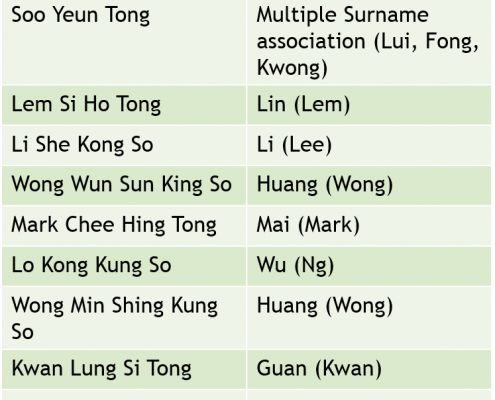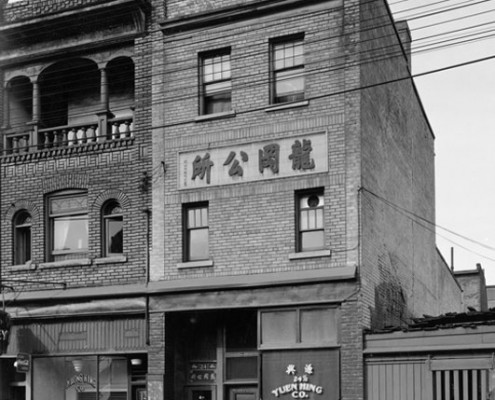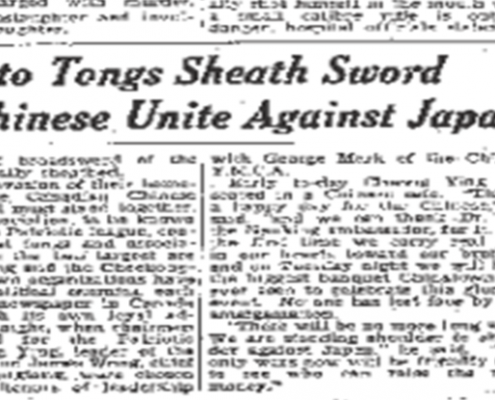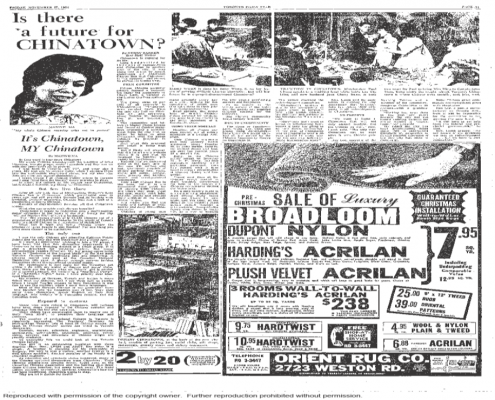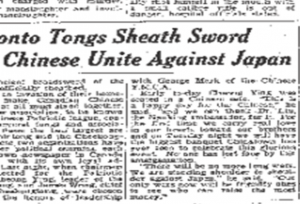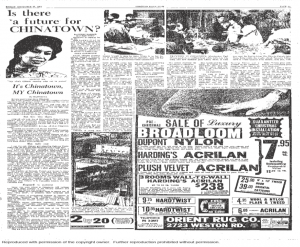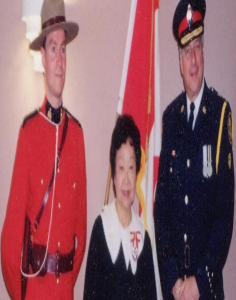Family Associations in Chinatown
In addition to community organizations, new Chinese immigrants could also join family associations which were based on surnames. In her book The Chinese Community in Toronto from 1878, Arlene Chan identifies twelve different family associations that were present in Toronto in the early 1910’s. Some organizations, like the Lung Kong Kung So association, contain multiple families with different surnames while others only cover one last name. The family associations created a feeling of home for the new immigrants as well as somewhere they could go for help. (Chan 53-54)
Politics in Chinatown
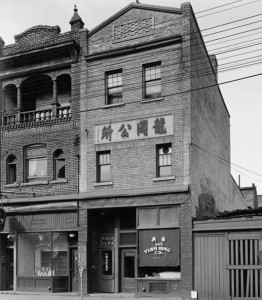
24 Elizabeth Street (series 1317, item 379). 1937. City of Toronto Archives, Toronto. City of Toronto Archives. Web. 6 July 2015.
Though living in Canada, the members of Toronto’s Chinatown were always interested in news from back home. In the late 1930’s, Japan attacked China, which was the beginning of the second Sino-Japanese War. In response to this, the Lung Kong Brotherhood (a family association) bought a building at 24 Elizabeth street and founded the Chinese Patriotic League (a political association). (Toronto Archives)
The Role of Political Associations
Many political associations in Chinatown, though not directly tied to family groups, were often “headed up” by leaders of prominent family associations as well (Chan 56). Due to this, any problems between different families ended up becoming problems between political groups as well. However, these differences did not prevent the families from coming together when they needed to accomplish something. This was best seen during World War 2 and when the City of Toronto was attempting to retake the land that Chinatown occupied to build a new City Hall.
Political Associations Saving Chinatown
Eventually, city council decided to take over the land that Chinatown occupied in order to build a new city hall. After the decision was made, there were serious concerns over whether Chinatown would be able to survive. Before the final decision was made, all of Chinatown’s political, family and community associations worked together in order to save their shared community. One of the most prominent figures in the campaign to save Chinatown was Jean Lumb (Toronto Star).
Women in Chinatown Politics
One name that appears in connection to community and political associations in Toronto’s Chinatown is Jean Lumb. She was an active member in Toronto’s Chinatown and the only woman who was present at a meeting between Chinatown leaders and Prime Minister Diefenbaker in 1957, the year that she became a Canadian citizen. Jean later became a citizenship judge and “bestowed citizenship upon hundreds of Canadians”. (Jean Lumb Foundation)
About the Author
I found this assignment to be very eye opening. I would never have guessed how much history and information there was with regard to our first Chinatown. Since this was a required course for school, I didn’t think that I would gain anything important from the class…but I couldn’t have been more wrong. From the first class, we began examining not only Toronto’s Chinatown but the treatment and presentation of the Chinese community as a whole in the early twentieth century. After talking about this and other issues that related directly to Toronto’s Chinese community, my interest in the class increased and I looked forward to researching more. This course required me to expand my research skills and explore more areas of research (like the Toronto Archives and the Reference Library). I am extremely thankful for this opportunity to share my research in a public setting and, hopefully, spark another person’s interest in finding out more about Toronto’s first Chinatown.
Thanks again for this opportunity!
Kieran Etheridge
Kieran Etheridge is a second year English student at Ryerson University. This exhibit is the final project for ENG 390, a practicum course focusing on Toronto’s original Chinatown.
Acknowledgements
I would like to thank the following individuals for getting me interested in finding out more about Chinatown as well as providing extremely helpful and valuable information (or access to it) which was vital in creating this digital exhibit:
Arlene Chan
Dr. Anne-Marie Lee-Loy
Val Lem
Valerie Mah
All my colleagues who gave helpful feedback and suggestions during the class workshops
Thank you all!
Bibliography
Chan, Arlene. The Chinese Community in Toronto: Then and Now. Toronto: Dundurn, 2013. Print.
Chan, Arlene. The Chinese in Toronto from 1878: From outside to inside the circle. Toronto: Dundurn, 2011. Print.
“Ease Entry Into Canada Chinese Ask.” Toronto Daily Star (1900-1971) 23 July 1963: 12. ProQuest. Web. 24 Feb. 2015.
“Is There a Future for Chinatown?” Toronto Daily Star (1900-1971) 27 Nov. 1964: 51. ProQuest. Web. 27 Feb. 2015.
“Toronto Tongs Sheath Sword Chinese Unite against Japan.” Toronto Daily Star (1900-1971) 18 Feb. 1938: 1. ProQuest. Web. 9 Feb. 2015.
Image Credits
24 Elizabeth Street (series 1317, item 379). 1937. City of Toronto Archives, Toronto. City of Toronto Archives. Web. 6 July 2015.
Chan, Arlene. “Table 8; Clan and District Associations in Toronto, 1910.” The Chinese in Toronto from 1878: From Outside to Inside the Circle. Toronto: Dundurn, 2011: 54. Print.
“It’s Chinatown, My Chinatown.” Toronto Daily Star (1900-1971) 27 Nov. 1964: 51. ProQuest. Web. 13 Mar. 2015.
Jean Lumb as a Citizenship Judge. Photograph. Jean Lumb Foundation. The Jean Lumb Foundation, n.d. Web. 12 Mar. 2015.
“Toronto Tongs Sheath Sword Chinese Unite against Japan.” Toronto Daily Star (1900-1971) 18 Feb. 1938: 1. ProQuest. Web. 9 Feb. 2015.

